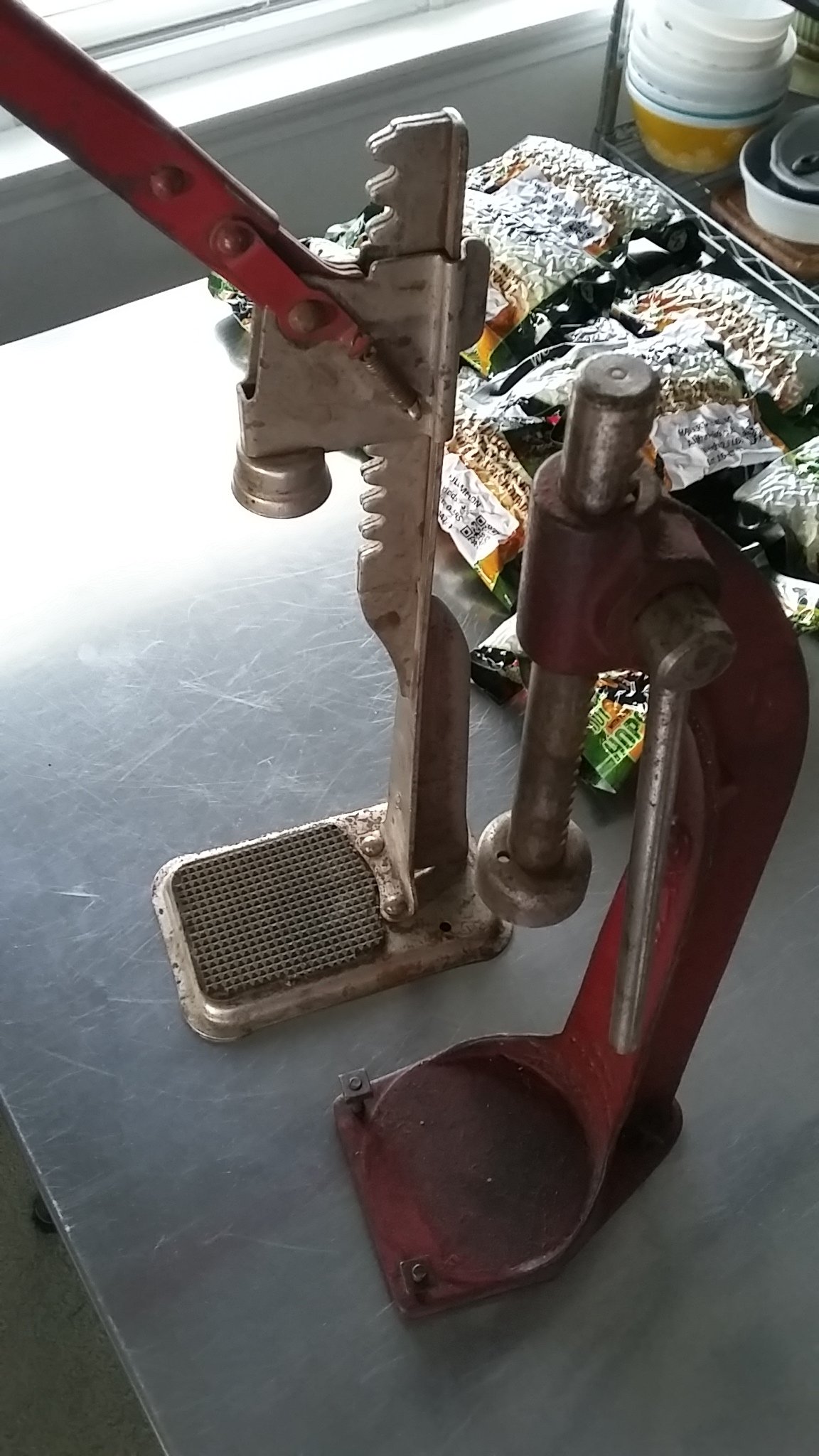Don't add more sugar, add yeast. When a beer doesn't cab up and you already added sugar, it's not that the lack of sugar is the problem, it's that the yeast failed to consume the yeast... more than likely because it was tired.... if folks add more sugar they run the risk of over carbing and havng bottle bombs if the original sugar was not eaten.
I will not experiment with this batch anymore. I have ~10 bottles left and I will simply drink it even with lower carbonation. I do not know why it went like this - as I mentioned in my previous post, I had some 0.5L bottles from the same batch and they were carbed pretty nice. The problem was only with the 1L ones.





